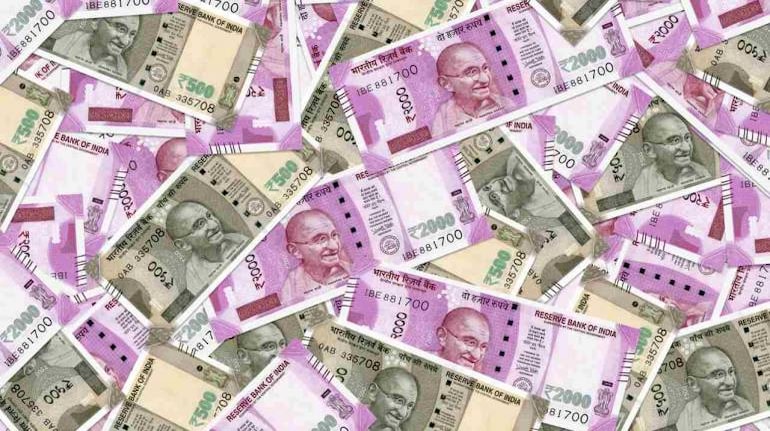



The country's external debt fell by $19.3 billion, or 3.6 percent, to $510.4 billion during the six-month period ended September, due to a decrease in commercial borrowings, non-resident Indian (NRI) deposits and valuation effect.
"At end-September 2018, India's external debt witnessed a decline of 3.6 percent over its level at end-March 2018, on account of a decrease in commercial borrowings and non-resident Indian (NRI) deposits.
"The decrease in the magnitude of external debt was primarily due to valuation gains resulting from the appreciation of the US dollar against the Indian rupee and major currencies," the RBI said.
Valuation gains due to the appreciation of the dollar vis-à-vis the rupee and major currencies were placed at $25.4 billion.
"Excluding the valuation effect, the increase in external debt would have been $6.1 billion instead of a decrease of $19.3 billion at end-September 2018 over end-March 2018," it added.
The debt was $529.7 billion at the end of March 2018.
Commercial borrowings continued to be the largest component of external debt with a share of 37.1 percent, followed by NRI deposits (23.9 percent) and short-term trade credits (19.9 percent).
At the end of September 2018, long-term debt (with original maturity of above one year) was placed at $406.1 billion, recording a decline of $21.4 billion over its level at the end of March 2018.
According to the standard practice, the country's external debt statistics are released with a lag of one quarter.
Discover the latest Business News, Sensex, and Nifty updates. Obtain Personal Finance insights, tax queries, and expert opinions on Moneycontrol or download the Moneycontrol App to stay updated!
Find the best of Al News in one place, specially curated for you every weekend.
Stay on top of the latest tech trends and biggest startup news.